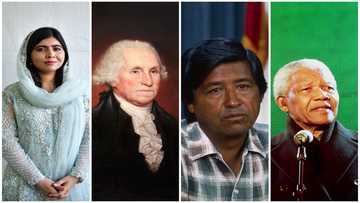Worst dictators in history: A list of the top 13 most brutal leaders of all time
Who comes to mind when you hear the word dictator? Without a doubt, the world has seen its fair share of ruthless leaders. Most begin as revolutionaries but end up as oppressors. Unfortunately, some of these leaders are driven by personal gain, ridiculous ideologies, or outright lunacy. So, who are the worst dictators in history? Discover the top 13 most brutal leaders in history.

Source: Getty Images
Who exactly is a dictator? They are political leaders who wield absolute power and exercise total authority over a country, frequently in cruel or brutal ways. Furthermore, a dictatorship is a state ruled by a single ruler or a small group of people.
Who are the worst dictators in history?
Most of the world's conflicts are caused by irresponsible leaders who govern countries like personal property. Their atrocities and disregard for human rights have earned them a spot on the list of the top dictators in history.
1. Julius Caesar
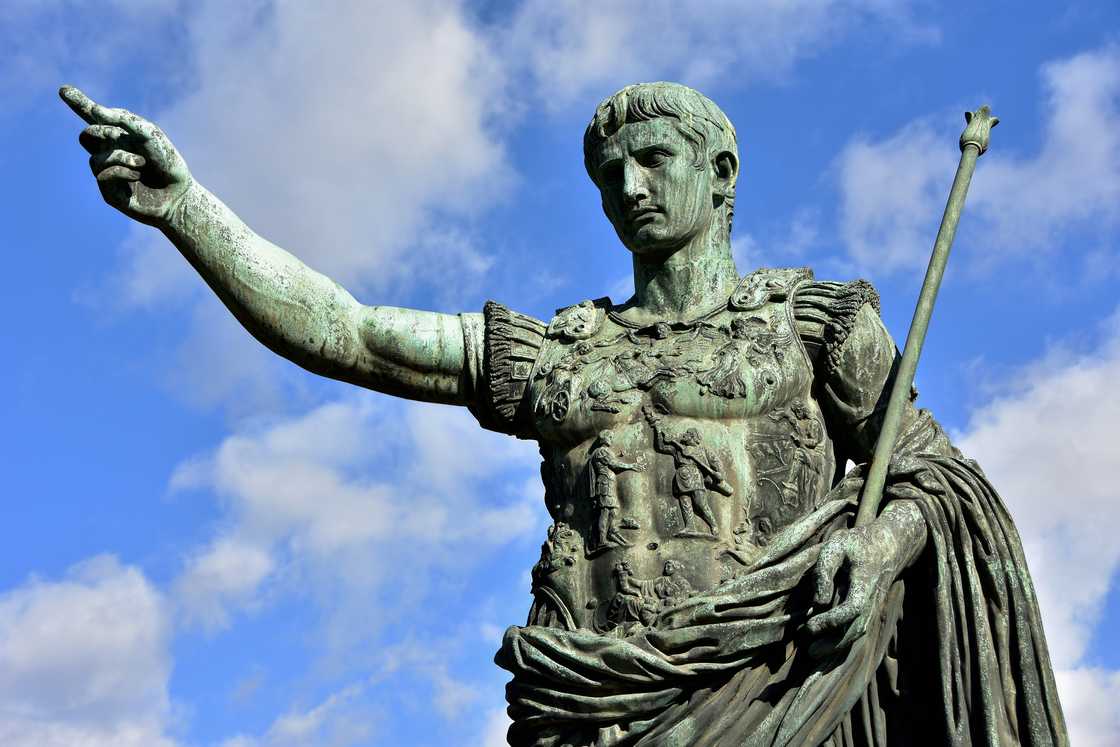
Source: Getty Images
Reign: A.D. 37 – 41
Julius Caesar was not always regarded as a villain. At the beginning of his rule, he liberated unfairly imprisoned citizens and rejected extremely high sales tax, but as time went on, his health weakened. His demeanour changed dramatically, historians believe, due to health issues.
He murdered his opponents and forced their parents to watch, among other heinous crimes. His political actions became more and more audacious, leading to his demise. Renowned as one of the world's worst dictators in history, Julius Caesar died after being stabbed 23 times by his senators.
2. Qin Shi Huang
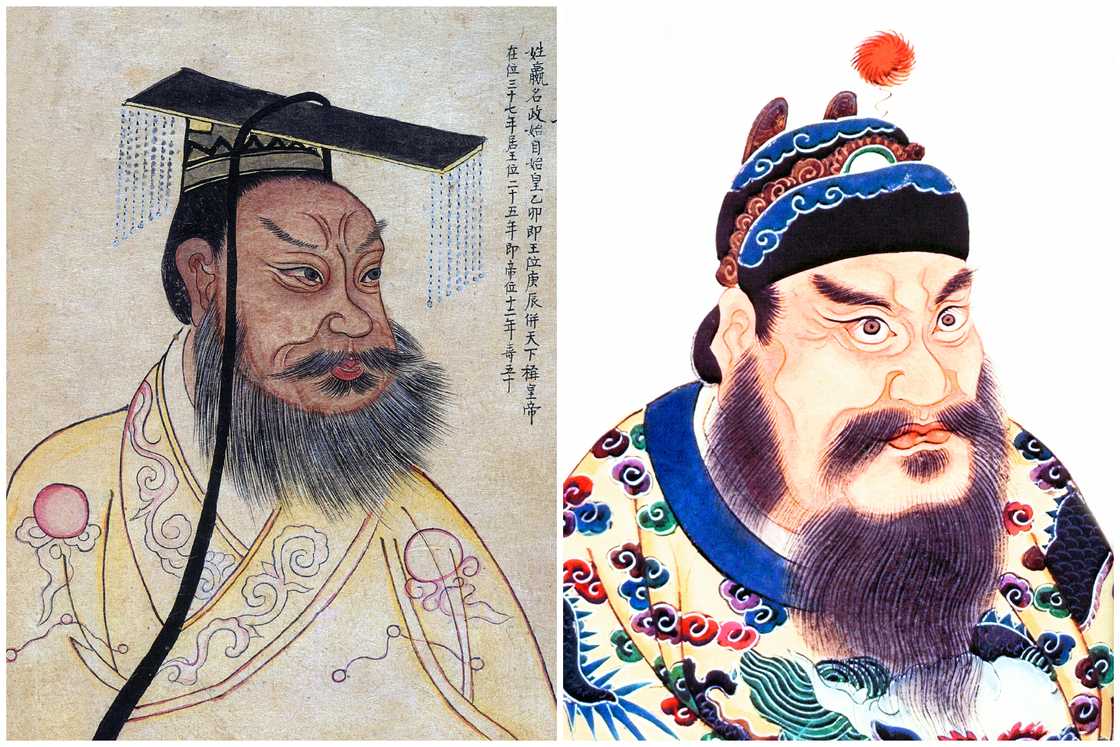
Source: Getty Images
Reign: 221 – 210 B.C.
Who is the cruellest dictator in history? Qin Shi Huang is, without a doubt, among the worst dictators. The leader was the founder of the Qin dynasty, the first dynasty of imperial China. According to National Geographic, the emperor punished, by death, scholars who disagreed with him and torched any books that were critical of his ideologies.
Among his atrocities include castrating prisoners of war and forcing them into slavery. The emperor was responsible for constructing the first version of the great wall. Qin Shi also commissioned the construction of a mausoleum that had life-sized versions of the terra cotta soldiers.
According to China Highlights, workers responsible for the mausoleum construction were automatically killed after the building was complete to keep the project a secret.
3. Saddam Hussein
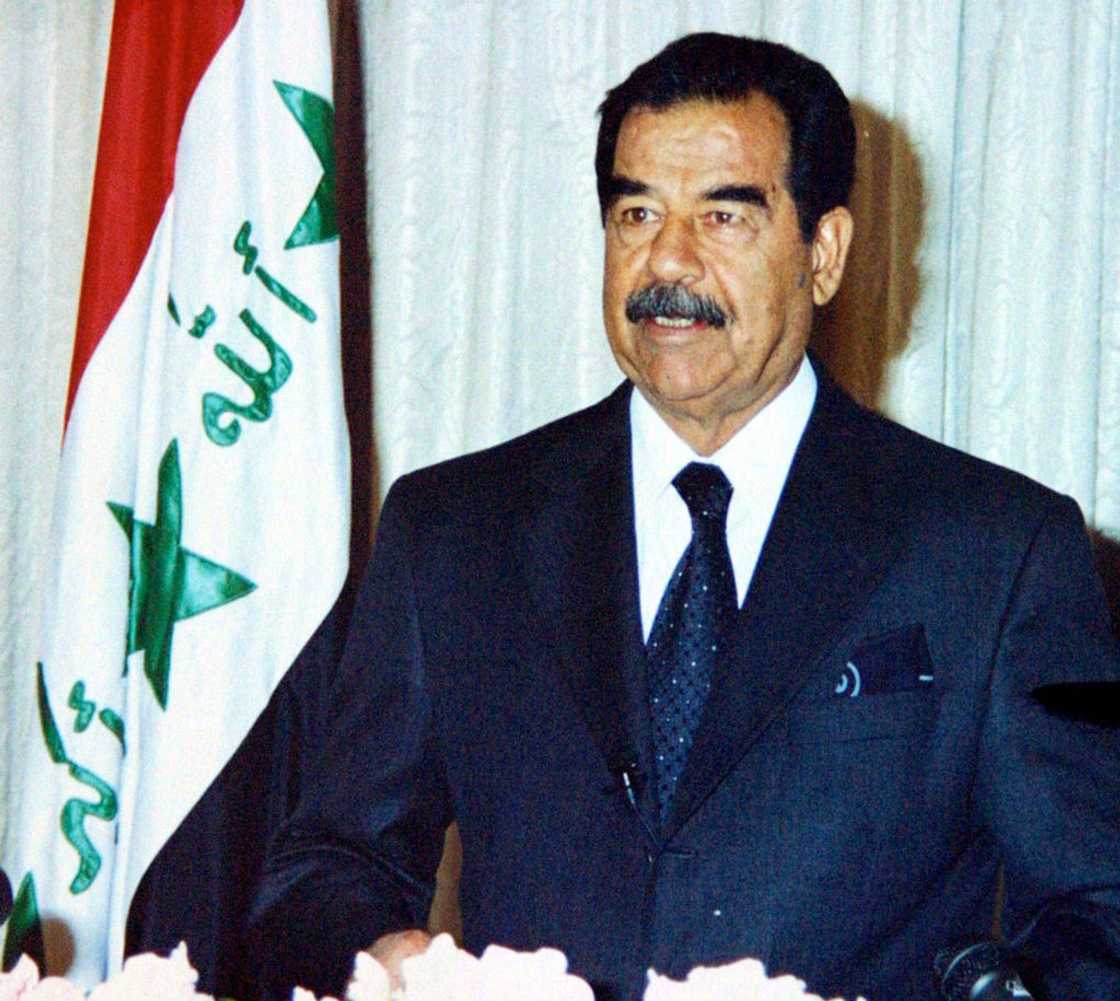
Source: Getty Images
Reign: 1979 – 2003
Saddam Hussein was a cruel tyrant notorious for gross human rights violations, a harsh dictatorship, and complete contempt for human life. Saddam waged several oppressive campaigns against Iraq's Shi'a and Kurdish populations and launched many purges to reduce their authority and strength during his reign.
4. Leopold II
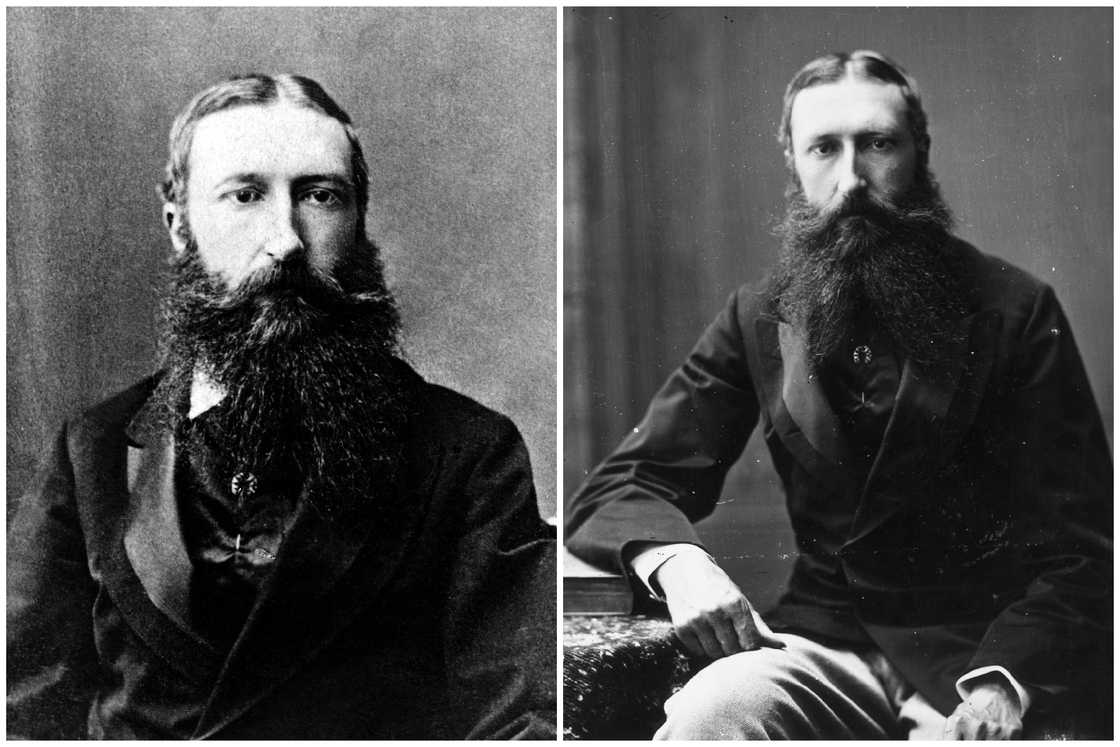
Source: Getty Images
Reign: 1865 – 1909
King Leopold ruled as the Belgian King from 1865 to 1909. His reign lasted 44 years, making him the longest-reigning monarch in the country's history. However, the ruler's misdeeds came to be after establishing a Congo colony.
King Leopold's brutal policies in the Congo led to the death of millions of indigenous people. According to History of Yesterday, the leader established a system of brutality to maintain strict discipline amongst the people. His administration inflicted violence that included beatings, amputations, torture, murder and rape.
5. Genghis Khan

Source: Getty Images
Reign: 1206 – 1227
Genghis Khan was the founder of the Mongol Empire from 1206 to 1227. He ascended to prominence in the early thirteenth century after uniting the nomadic tribes of Northeast Asia. Genghis also declared himself the universal monarch over the Mongols.
The King was known worldwide for his violence and depravity, according to History Extra. For example, after fights for revenge against slain troops throughout his conquests, millions of innocent civilians were killed. Similarly, Mongols were known to lay siege to cities, starving entire civilian populations to death before burning them down.
6. Queen Mary I (aka Bloody Mary)
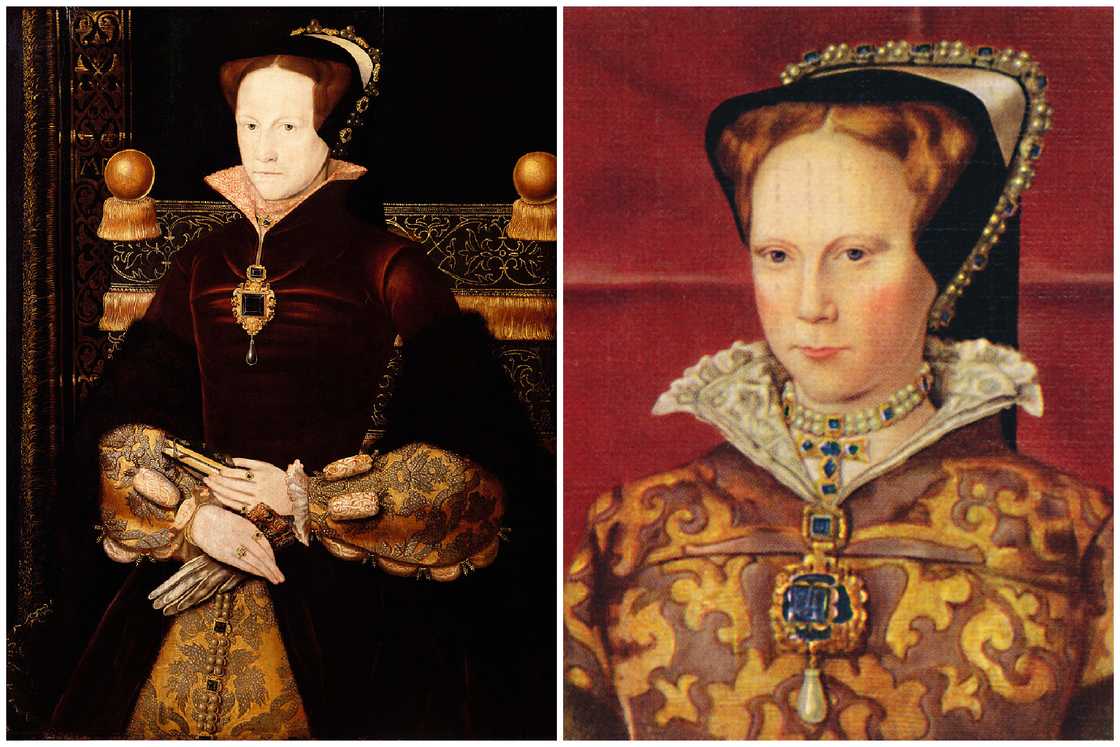
Source: Getty Images
Reign: 1553 – 1558
According to Britannica, Queen Mary I is among the worst female dictators in history. Queen Mary, I was the only child of King Henry VIII and Catherine of Aragon. When she became Queen of England, she wanted to share her Catholic faith with all of England.
As a result, the Queen married Philip II of Spain, a devout Catholic, and began an assassination campaign against Protestants. Her methods of execution included hanging and, more commonly, burning at stake, earning her the moniker Bloody Mary.
7. Vladimir Lenin

Source: Getty Images
Reign: 1917 – 1924
According to Britannica, Vladimir Lenin was one of the twentieth century's most well-known dictators. During his reign, he established Marxism as a model for future dictators.
He imposed his ideologies through the Cheka, the Soviet secret police. The Cheka was used in torturing and murdering regime opponents, including members of the Bolshevik party, priests and elite citizens.
8. Vlad III (Vlad the Impaler)

Source: Getty Images
Reign: 1448; 1456 – 1462; 1476
Vlad III was also known as Vlad Dracula or Vlad the Impaler. According to NBC News, Vlad's preferred method of assassination was impaling. In addition, he used bloody and illegal tactics to bring order to the chaotic country.
9. Joseph Stalin

Source: Getty Images
Reign: 1924 – 1953
Joseph Stalin was a Georgian revolutionary who served as General Secretary of the Soviet Union from 1924 to 1953. Stalin played a crucial role in the deposition of Tsar Nicholas II and the establishment of a one-party state by Lenin in 1917. Stalin quickly seized power in the Soviet Union after Lenin's death in 1924.
According to History, Stalin launched the Great Purge to rid Russia of working-class enemies. More than 700,000 people were executed, and more than a million were imprisoned. He was also in charge of ethnic cleansing, deportations, and widespread repression.
10. Adolf Hitler

Source: Getty Images
Reign: 1933 – 1945
Adolf Hitler was appointed chancellor of Germany in 1933 and Führer a year later. After invading Poland in 1939, his actions precipitated WWII. Hitler's Third Reich had conquered most European countries in less than two years.
Hitler then ordered the systematic destruction of any people who did not fit his vision of a superior master race, interning Jews, Slavs, and anyone else he deemed socially undesirable. As a result, his followers carried out mass genocide on his orders, killing millions.
11. Mao Zedong

Source: Getty Images
Reign: 1949 – 1976
Mao Zedong was an influential communist leader who ruled China with an iron fist. He was known for his political savvy and methods. He was responsible for positive changes in China, such as modernization and advancements in education, health care, and women's rights.
His regime, on the other hand, was dictatorial and repressive. According to The Washington Post, Mao destroyed many religious and cultural treasures, took control of all industry and agriculture, and extinguished all opposition with the flicker of a candle. His harsh policies favoured forced labour, resulting in the deaths of over 40 million people due to famine and mass executions.
12. Benito Mussolini

Source: Getty Images
Reign: 1922 – 1943
Benito Mussolini was an Italian politician who led the fascist government of his country from 1925 to 1945. After beginning as a revolutionary socialist, he founded the paramilitary fascist movement in 1919 and became Prime Minister in 1922.
According to History, Mussolini gradually dismantled democratic institutions before declaring himself dictator and assuming the title 'Il Duce' in 1925. He set out to reestablish Italy's position as a significant European power. The regime was held together by solid-state control and Mussolini's personality cult.
13. Idi Amin

Source: Getty Images
Reign: 1971 – 1979
General Idi Amin deposed Uganda's government and declared himself president in a military coup. He quickly gained a reputation for being harsh. His reign was notoriously corrupt and lethal, earning him the nickname "Butcher of Uganda."
According to history, during the dictator's eight years in office, Amin mismanaged the economy, oppressed several ethnic groups, drove Uganda's Asian community out of the country, and killed with impunity. As a result, between 100,000 and 500,000 people died due to his command.
How did Idi Amin of Uganda die? According to Aljazeera, the former Uganda leader died due to kidney failure.
So, are there any Idi Amin death photos? According to CBS News, the last known photo taken of the leader was from the ICU of the King Faisal Specialist Hospital in Jeddah, Saudi Arabia.
Frequently asked questions
- Who are the 5 dictators? According to the Borgen Project, Isias Afewerki of Eritrea, Omar al-Bashir of Sudan, Islam Karimov of Uzbekistan, Bashar Al-Assad of Syria and U Thein Sein of Myanmar are among the top ones.
- Who was the worst dictator in the 20th century? Adolf Hitler is considered one of the worst 20th century dictators for his role in WWII and causing the Holocaust.
- Who are the top 10 dictators? According to WatchMojo, Adolf Hitler, Joseph Stalin, Idi Amin, Pol Pot, Muammar Gaddafi, Saddam Hussein, Benito Mussolini, Mao Zedong, Francisco Franco, and Kim Jong-il are among the top 10.
- Who was the first-ever dictator? Julius Caesar is considered the first modern dictator according to History of Yesterday.
- What do dictatorships do? They gain despotic political power through force or fraud, which they maintain through intimidation, terror, and the suppression of fundamental civil liberties.
- What are the five characteristics of dictatorship? They are distinguished by; the suspension of elections and civil liberties; the declaration of a state of emergency; rule by decree; the suppression of political opponents; the failure to follow the rule of law procedures; and the cult of personality.
Who were the worst dictators in history? According to the preceding list, there have been many dictators throughout history. Their regimes brought untold suffering to subjects who opposed certain ideologies and principles. Some of these dictatorships crumbled, while others are still active today.
Yen.com.gh recently published an intriguing article about the world's 25 poorest countries. These countries have a less technologically advanced infrastructure and unequal resource distribution than first-world nations.
The Gross Domestic Product (GDP) is the best way to determine a country's poverty level. Learn about the world's poorest countries and their GDP rates and discover what factors cause these countries to fail economically.
Source: YEN.com.gh


